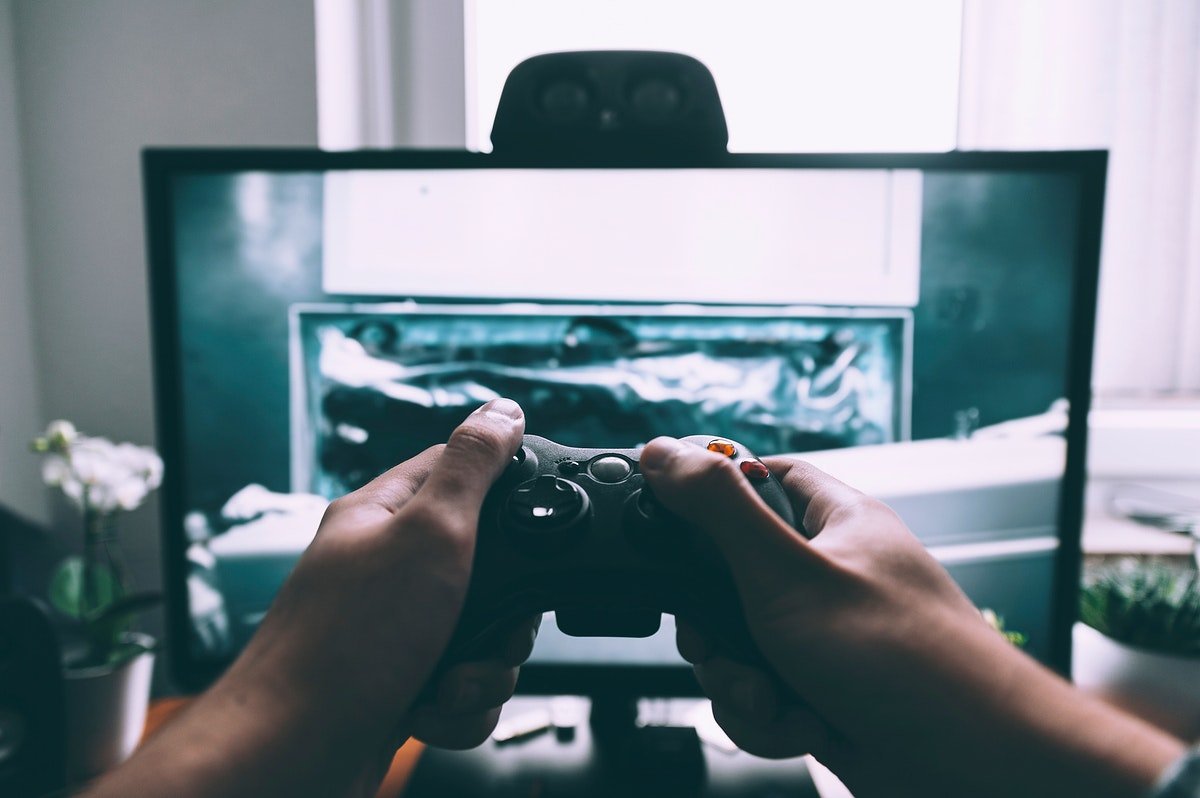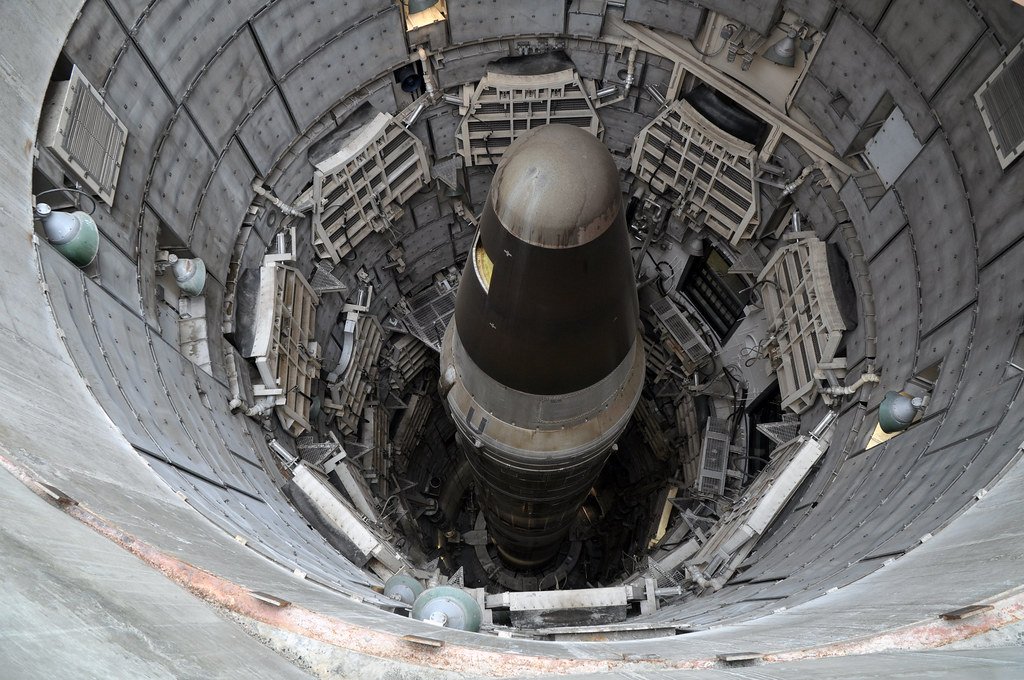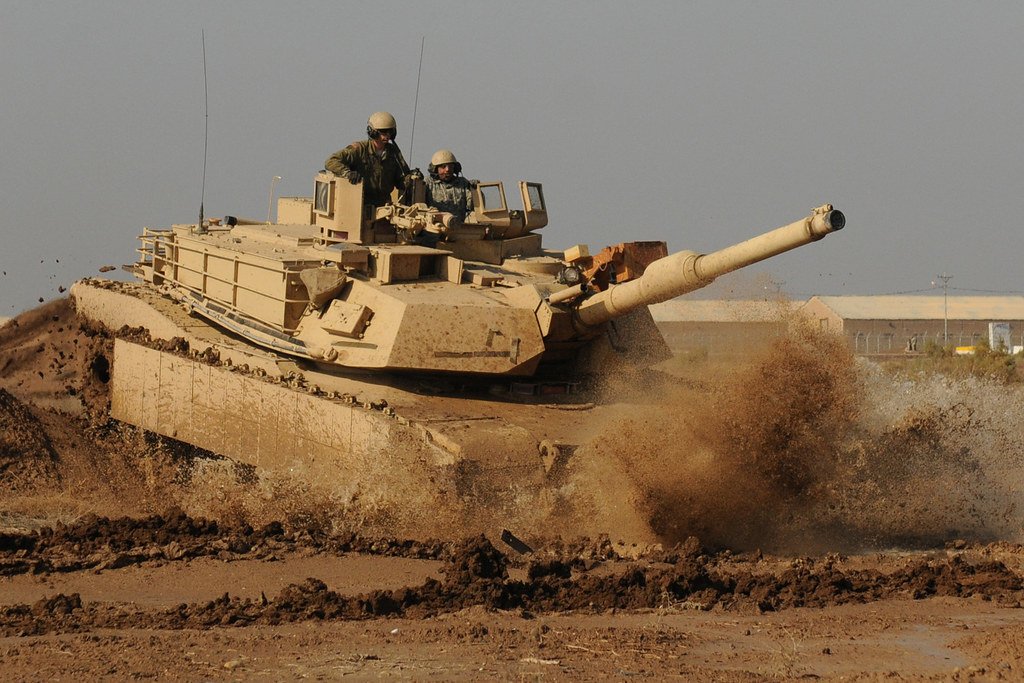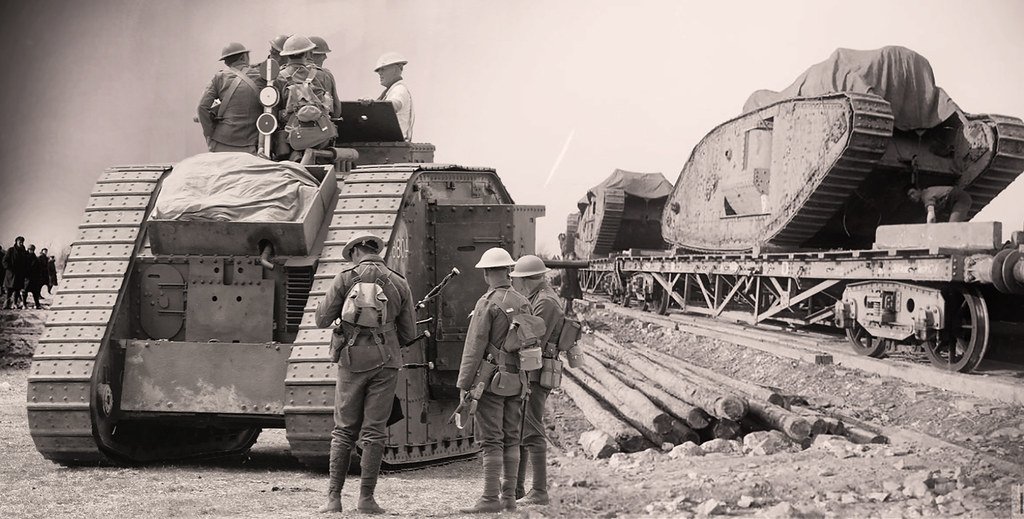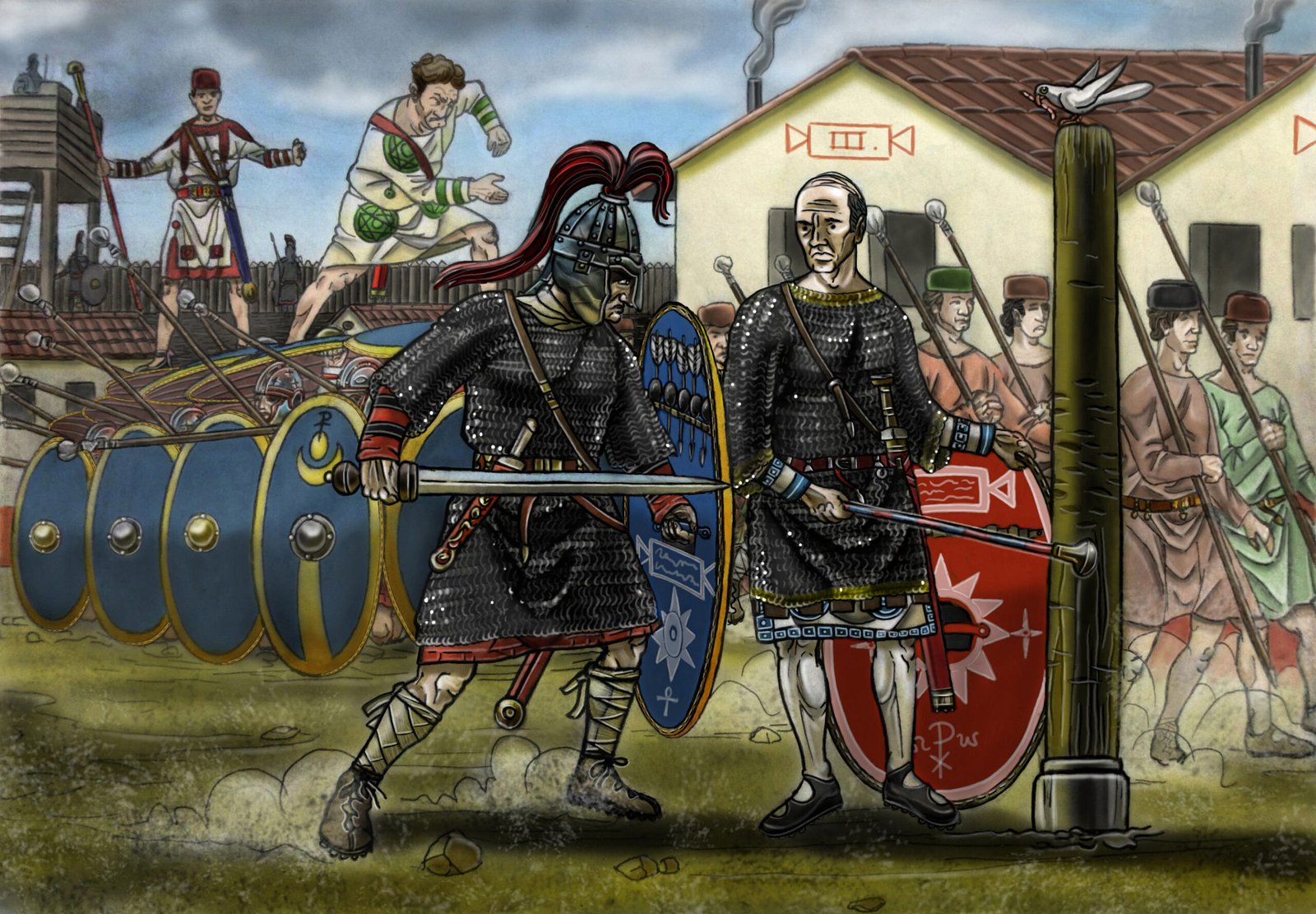The Cold War era witnessed intense geopolitical tensions between the United States and the Soviet Union, sparking an arms race that led to the development of formidable weapons systems. One standout program from this period was the Titan II missile program—a silent guardian that loomed large during those turbulent times. In this blog post, we embark on a journey into history, exploring the origins, development, and lasting legacy of the Titan II missile program, shedding light on its pivotal role in the Cold War.
Table of Contents
Before diving into the details, let’s address some fundamental questions:
What is the history of the Titan II missile?
The historical lineage of the Titan II missile can be traced back to the late 1950s, an era characterized by the United States Air Force’s quest for a dependable and potent intercontinental ballistic missile (ICBM). This pivotal pursuit of strategic prowess led to the development of the Titan II by the Martin Marietta Corporation. Serving as the advanced successor to its predecessor, the Titan I, this missile represented a momentous stride in the evolution of missile design, embodying cutting-edge technological innovations.

Rooted in the Cold War context, the Titan II emerged not merely as a product of military necessity but as a symbol of American ingenuity and resolve. Its developmental journey reflected a nation’s commitment to maintaining technological superiority and fostering a robust deterrent against potential adversaries. As tensions escalated between the United States and the Soviet Union, the Titan II’s historical significance deepened, marking a chapter in the arms race that shaped the geopolitical landscape of the time.
How powerful is the Titan II missile?
The Titan II missile program’s power lay in its groundbreaking technological features, defining its role as a formidable force in the U.S. strategic arsenal during the Cold War. Employing storable hypergolic propellants, the Titan II showcased swift launch capabilities, enabling it to be ready for deployment on short notice. Its robust engines provided the necessary thrust for speed and precision, while advanced guidance systems ensured accurate target acquisition. These technological advancements collectively contributed to Titan II’s critical role in shaping the global security landscape, marking it as a symbol of Cold War-era innovation and strategic deterrence.
Storable Hypergolic Propellants
The Titan II’s innovative use of storable hypergolic propellants allowed for extended storage periods without compromising launch readiness, a crucial feature during the Cold War.
Swift Launch Capabilities
With its ability to be rapidly deployed, the Titan II ensured a quick and effective response to potential threats, enhancing the nation’s deterrence posture.
Robust Engines
Equipped with powerful engines, the Titan II possessed the necessary thrust for swift and precise maneuvers, contributing to its overall effectiveness.
Advanced Guidance Systems
The missile’s advanced guidance systems played a pivotal role in accurate navigation and target acquisition, increasing the reliability of the Titan II in strategic operations.
Contributions to U.S. Deterrence
Titan II’s technological prowess collectively fortified the U.S.’s deterrence capabilities, making it an integral component of the nation’s defense strategy during the Cold War.
Are Titan II missiles still in use?
No, Titan II missiles are no longer in use, having been officially decommissioned in the late 1980s. Despite their retirement from active service, their historical significance endures, rendering them a captivating subject for exploration and understanding within the context of Cold War history. The legacy of Titan II persists in the annals of military history, symbolizing an era defined by geopolitical tensions and serving as a testament to the technological advancements and strategic considerations that characterized the arms race between the United States and the Soviet Union.

Now that we’ve addressed these foundational questions let’s delve into the blog to uncover the rich history and intricate details of the Titan II missile program.
The Genesis of Titan II
In the late 1950s, the United States Air Force initiated the Titan II missile program in response to the escalating demand for a reliable and potent intercontinental ballistic missile (ICBM). The program represented a critical juncture in Cold War history, necessitating a more advanced and versatile successor to the original Titan I. Developed by the Martin Marietta Corporation, the Titan II project was characterized by groundbreaking advancements in missile technology. This endeavor addressed the pressing need for a strategic deterrent that could adapt to evolving geopolitical landscapes. It marked a pivotal chapter in the ongoing arms race between the United States and the Soviet Union.
The Titan II’s emergence as a robust and sophisticated ICBM underscored its significance within the broader U.S. defense strategy. With its innovative features and technological prowess, the Titan II became an indispensable component, serving as a silent guardian against potential threats during the tumultuous Cold War era. The program’s roots firmly established it as a linchpin in the nation’s strategic capabilities, contributing to the delicate balance of power that characterized the geopolitical climate of that time.
Technological Breakthroughs
The Titan II missile program represented a watershed moment in missile design, ushering in a new era of technological innovation during the Cold War. Its groundbreaking features included the adoption of storable hypergolic propellants, a departure from traditional liquid fuels. This technological leap allowed the Titan II to boast rapid launch capabilities, a critical advantage in the dynamic and tense Cold War environment. Complemented by robust engines and advanced guidance systems, the Titan II became a stalwart component of the U.S. strategic arsenal, ensuring its efficacy as a deterrent force.
The integration of these cutting-edge technologies not only enhanced the Titan II’s operational capabilities but also positioned it as a symbol of military prowess and strategic foresight. Its role as a silent guardian, standing ready in underground silos across the nation, underscored the importance of technological innovation in maintaining global stability. Titan II’s legacy endures as a testament to the remarkable strides made in missile technology during a pivotal chapter in history, leaving an indelible mark on the landscape of Cold War weaponry.
Strategic Significance

At the height of the Cold War, the Titan II missile program assumed a pivotal role in the United States’ deterrence strategy. Positioned within secure underground silos scattered across the country, these missiles stood as a formidable second-strike capability, poised to respond rapidly to any potential nuclear threat. The strategic significance of Titan II lay in its capacity to furnish a credible and potent deterrent against adversaries, thus contributing significantly to the delicate equilibrium of power during this tense period in history. The program’s readiness to deliver swift and devastating retaliation underscored its instrumental role in dissuading potential aggressors and reinforcing the nation’s commitment to maintaining global stability.
As an embodiment of the United States’ commitment to national security, Titan II’s strategic importance was not merely confined to its physical presence in silos but extended to the psychological realm, sending a resounding message that any hostile actions would be met with a swift and overwhelming response. In this way, the Titan II missile program played a crucial role in shaping the geopolitical landscape of the Cold War, adding a layer of deterrence that contributed to preventing the escalation of hostilities between the superpowers.
The Cuban Missile Crisis
The Cuban Missile Crisis of 1962 catapulted the Titan II missile into the forefront of Cold War geopolitics. As tensions soared between the United States and the Soviet Union over the deployment of nuclear missiles in Cuba, the Titan II stood as a steadfast deterrent, ready to act if diplomatic negotiations faltered. Positioned in underground silos across the country, the Titan II played a pivotal role in maintaining the delicate balance of power. Although a peaceful resolution was ultimately reached, the Crisis underscored the Titan II’s status as a linchpin in the U.S. nuclear arsenal, highlighting its critical role as a responsive force during moments of intense global uncertainty.

The historical resonance of the Titan II’s involvement in the Cuban Missile Crisis extends beyond its military function. Its readiness during this tense standoff demonstrated not only its operational capability but also its symbolic importance as a guardian of peace. It stood as a testament to the effectiveness of strategic deterrence in averting catastrophic conflict during one of the Cold War’s most perilous episodes.
Evolution and Upgrades
The Titan II missile program, mirroring the relentless march of technological progress, underwent a series of evolutionary upgrades to ensure its sustained effectiveness. Over the years, enhancements were meticulously introduced to fortify the missile’s guidance systems, elevating its precision and targeting capabilities. These technological strides not only bolstered the Titan II’s accuracy but also solidified its role as a cornerstone of the United States’ strategic arsenal. Concurrently, the program embraced advancements in payload capacity, allowing the Titan II to carry more substantial and diverse warheads. This increased versatility augmented its capacity to address a spectrum of potential threats, showcasing its adaptability and strategic importance.
The adaptability of the Titan II, however, was not confined solely to technological improvements. It extended to a comprehensive approach, addressing the changing geopolitical landscapes of the Cold War era. By prioritizing reliability in its upgrades, the Titan II program ensured operational integrity under diverse conditions. This commitment to resilience underscored the program’s significance, showcasing its ability to evolve and meet the dynamic challenges posed by an ever-shifting global context.
Decommissioning and Legacy
The decommissioning of the Titan II missile program in the late 1980s signaled the denouement of a critical epoch in Cold War history. As the geopolitical landscape underwent seismic shifts with the collapse of the Soviet Union, the necessity for specific strategic weapons diminished. The retirement of the Titan II missiles mirrored this changing geopolitical calculus, closing the chapter on their active service.
However, the legacy of Titan II persists beyond its decommissioning, serving as a poignant testament to the remarkable human ingenuity and unwavering determination that characterized an era defined by tension and uncertainty. These missiles, once guardians of national security, now stand frozen in time, evoking reflection on the challenges surmounted and the delicate equilibrium maintained throughout the tumultuous Cold War.
The decommissioning of the Titan II missiles not only symbolized the end of their operational era but also underscored the ever-shifting dynamics of global security. These artifacts of Cold War history stand as silent witnesses to a bygone era, reminding us of the need for adaptability in the face of evolving geopolitical realities. The legacy of Titan II endures as a historical marker, emphasizing the resilience and adaptability of nations in navigating the complexities of international relations and the pursuit of peace amid the echoes of a once-intense ideological standoff.
The Titan II missile program stands as an enduring symbol of the Cold War’s intricate fusion of technological innovation and geopolitical intricacies. From its inception to the poignant moment of decommissioning, Titan II played a pivotal role in sculpting the global security landscape. This chapter of history prompts reflection, underscoring the need to appreciate the contributions of Titan II and the often-overlooked heroes who labored tirelessly to maintain a delicate balance of power, averting the unimaginable. The Titan II’s legacy serves as a testament to the collective determination and ingenuity that fortified nations during a tumultuous era, leaving an indelible mark on the annals of Cold War history.






